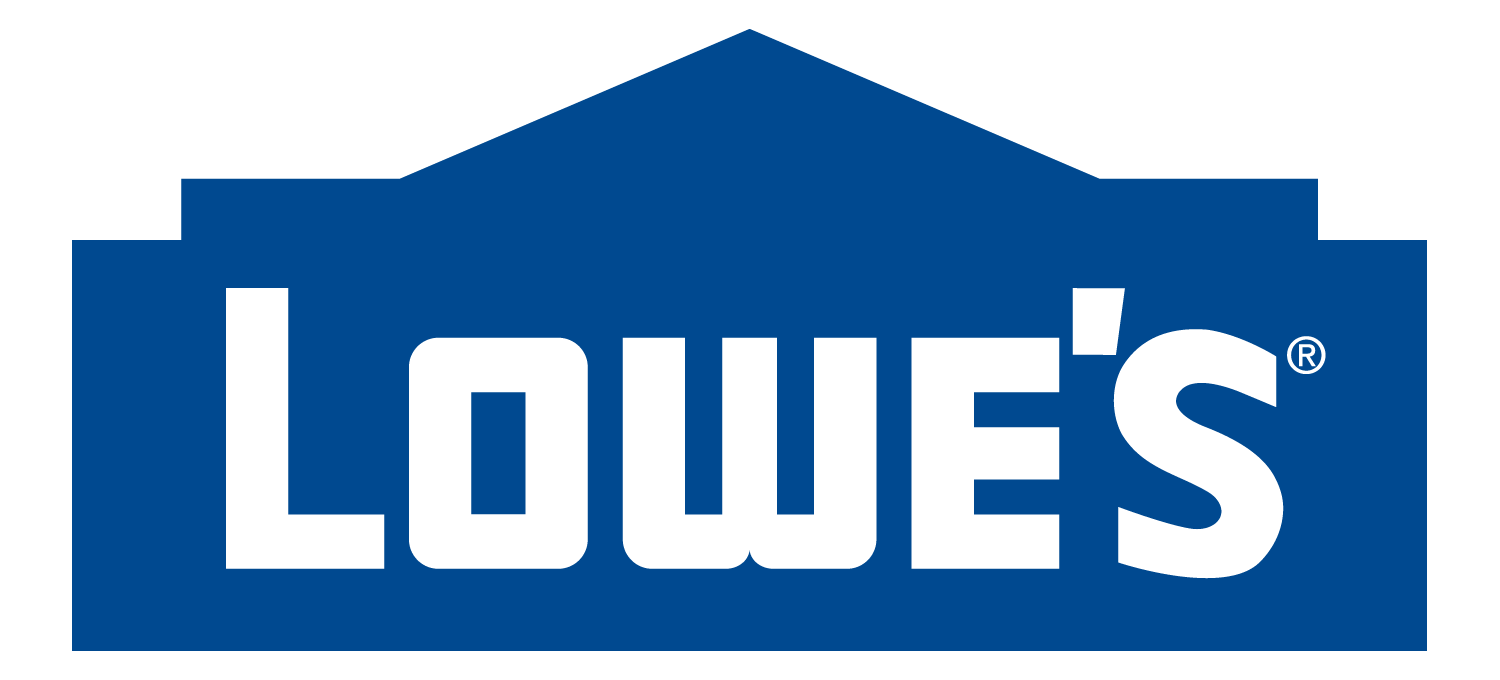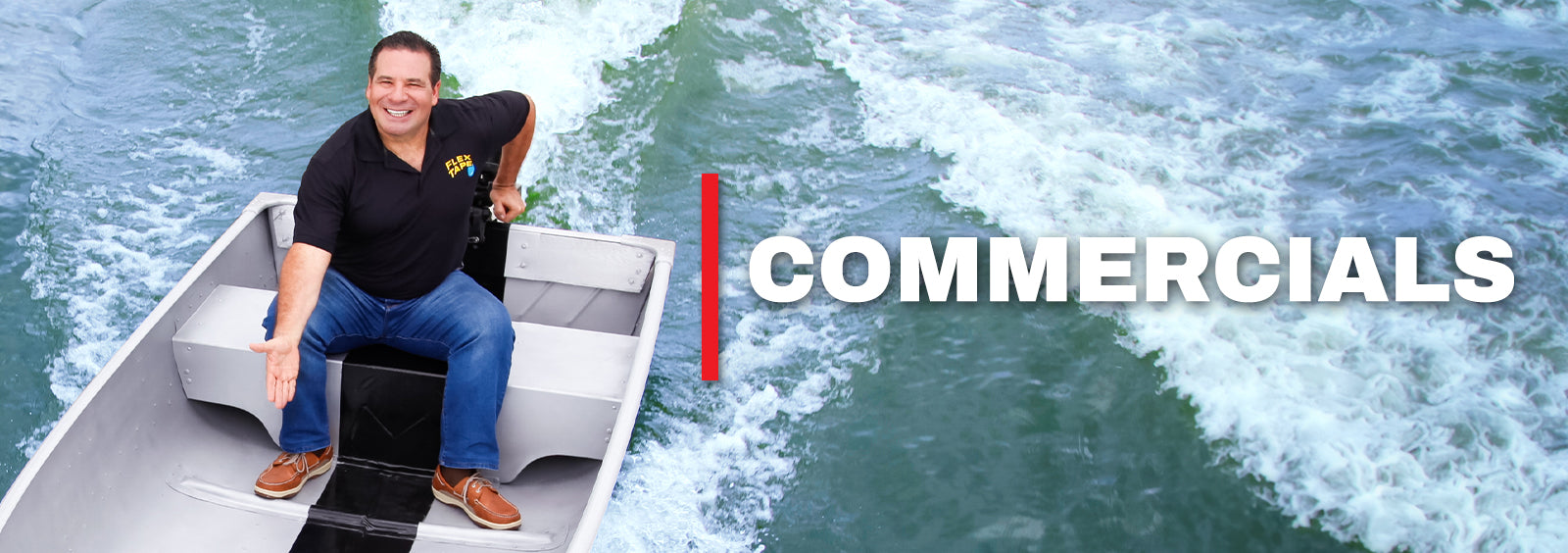DIY Shed Makeover
“DIY Shed Makeover” was written by a paid contributor. All photos taken by Briana Colangelo.
Sheds are perfect for extra storage but can also make a great workshop. After looking at prices for a brand-new shed, it wasn’t going to be possible for me to buy one. Luckily, I found a free shed online! It definitely needed some TLC, but I knew I could work my magic by taking on a DIY shed makeover. With some elbow grease and the help of Flex Seal products, I turned this old run-down shed into the workshop of my dreams!

This makeover had three phases, so keep reading, and I’ll walk you through the entire process!
Phase 1: Repair Cracks and Holes

Materials
● 1 Flex Paste 3lb tub, white
● 4 Flex Paste 9oz cartridges, white
● Putty knife
● Caulking gun
● Gloves
● Cloth or rag
● Optional: Paint
Note: Use caution when working with power tools and always follow manufacturer’s instructions. Before using Flex Seal products, read all directions and take proper safety precautions, such as being in a well-ventilated area and wearing protective gear while applying.

Steps
1. Clean and Prep DIY Shed Exterior

Before I began fixing any of the holes in the shed, I needed to make sure that the area was prepped. Since the shed was so large, I started out by giving it a good power washing. After that, I took a clean cloth and wiped down the areas where I was going to apply Flex Paste. Once all areas were dry, it was time to fix the holes.
2. Seal Cracks and Holes With Flex Paste

There were some larger holes on the siding of the shed and towards the corners of the roof. Flex Paste can get deep into these spaces and easily fill in the missing areas.
Flexpert Tip: Once you open the Flex Paste tub, you’ll see a protective foil cover and a silica packet. Do not throw them away! Just place them to the side, as you’ll need them later to cover and protect any remaining Flex Paste you have from drying out. You can also replace the cover in between applications to help protect the paste.

I used a putty knife to apply the Flex Paste and it worked great to get an ample amount of product into these larger areas. Flex Paste is very mailable, so it was easy to smooth it to the desired texture I wanted.
 <
<
Flexpert Tip: Since Flex Paste cannot be sanded after it is dry, make sure to smooth it out with the putty knife.
Once I had all the larger holes filled with Flex Paste, it was time to address the smaller cracks.
3: Seal Small Areas With Flex Paste in a Cartridge

My boyfriend jumped in for this step and used Flex Paste in a cartridge to fill the smaller cracks and seams. The cartridge is perfect because it allows you to get the perfect bead of Flex Paste exactly where you need it.

He began by applying Flex Paste around all the shed's corners and then used it to fill the areas where the wall met the roof line. Next, he made sure any gaps between the window and the sill were filled.
Flexpert Tip: Allow 24-48 hours for Flex Paste to fully cure before moving on to the next step.
4: Paint the Shed

Another perk about Flex Paste is that you can paint over it! I used a combination of a brush and paint sprayer to get a seamless look. The paint completely covered the Flex Paste, and my DIY shed was starting to look good!

Phase 2: Seal the Foundation With Flex Seal Liquid

Materials
● 1 Flex Seal Liquid 32 oz can, black
● Paintbrush
● Paint roller handle
● 4-inch foam roller
● Paint tray
● Gloves
Cloth or rag
Steps
1. Clean and Prep Foundation

I used Flex Seal Liquid to seal the foundation of my shed. Since the foundation sits right on top of the ground, I started by removing any dirt on the surface. Once clean, I wiped the area with a cloth and waited for the wood to be completely dry before applying Flex Seal Liquid.
2. Apply Flex Seal Liquid With Paintbrush

Flex Paste Liquid was very easy to apply and is similar to paint. I used a paintbrush to cut into where the foundation met with the wall. The paintbrush helped me get the liquid into the small and hard to reach areas I knew a paint roller couldn’t.
3. Switch to Foam Roller

I wanted the foundation to have a smooth finish, so switching to the foam roller for this section worked out perfectly. I applied one even coat and waited 24 hours before applying a second coat. After the second coat, everything was fully sealed up!
Phase 3: Create an Accent Wall

Materials
● (2) Flex Glue MAX 28oz cartridges, white
● Caulking gun
● (1) 4’ X 6’ Tongue and groove panel
● Pegboard
● Circular saw
● Jig saw
● Straight edge
● Pencil
● Tape measure
● 2” Construction screws
● Optional: Paint
Steps
1. Attach Paneling

The last phase of this makeover takes us inside the DIY she shed. I wanted the back wall to be a feature wall, so I decided to use a tongue and groove panel and some pegboard to make that happen. When I purchased the tongue and groove at my local hardware store, I had them cut the board vertically in half so it would be easier to carry. I was left with two pieces measuring 2’ X 6’. Once I took down the exact measurements of the space I’d be attaching the board to, I used my circular saw to cut the tongue and groove down to size.

The space where I was applying the panel had a shelf above the wall, so I had to make a notch to fit it flush against the wall.

I measured from the wall to where the shelf was and marked that on my panel, then measured from the shelf down and marked that as well. Next, I used my jig saw to notch out where the shelf was. Now that everything is cut, it’s time to move on to the installation.

2. Attach Paneling to Wall

Since the shed doesn’t have drywall, I only have the studs as my point of contact for the walls. Flex Glue was perfect for this project because of its super-strong hold. I cut the tip of the cartridge about an inch or so to allow a large bead of glue to come out. Then, I applied Flex Glue Max directly to the panel in the areas where I knew the board would hit a stud. Next, I firmly pushed the panel against the wall for 30 seconds for Flex Glue’s instant grab to take hold. I repeated the process for the other side and added a quick coat of paint after everything was cured (24 hours).
3. Add Pegboard

The last thing to add to this accent wall was an area to display my tools. I love the look of the pegboard, so I used Flex Glue MAX to add it to the wall. I had 3 sheets of 2’ X 4’ pegboard to work with, so I patched them together to make one whole board. First, I applied a generous amount of Flex Glue MAX directly to the studs.
Then, I pressed the first peg board firmly against the studs and Flex Glue for 30 seconds. Since this board was floating and had nothing for support, I added a few screws while waiting for the Flex Glue to cure fully.
After I had the first board up, I measured the remaining spaces. I marked my measurements on the pegboard using my straight edge and pencil and cut the pegboard with my circular saw. After cutting all my remaining pegboards, I repeated the process of applying Flex Glue. After waiting 24 hours for the glue to cure, I added a quick coat of paint.
I am so proud of how my DIY shed makeover turned out, and it couldn’t have been possible without Flex Seal products! They helped me turn a shed that was headed for the landfill into my dream workshop. I now have peace of mind knowing the entire shed is fully sealed and protected from the elements.
I can’t wait to see what future projects come from my gorgeous new workshop in a shed!
By Briana Colangelo
Bri is a self-taught DIYer who's had a passion for DIY projects since a young age. After buying a 1958 cape home, she has been slowly transforming each room in her house. Bri also shares her designs and DIY projects as a content creator on Instagram and TikTok @d.i.y.bri.



















